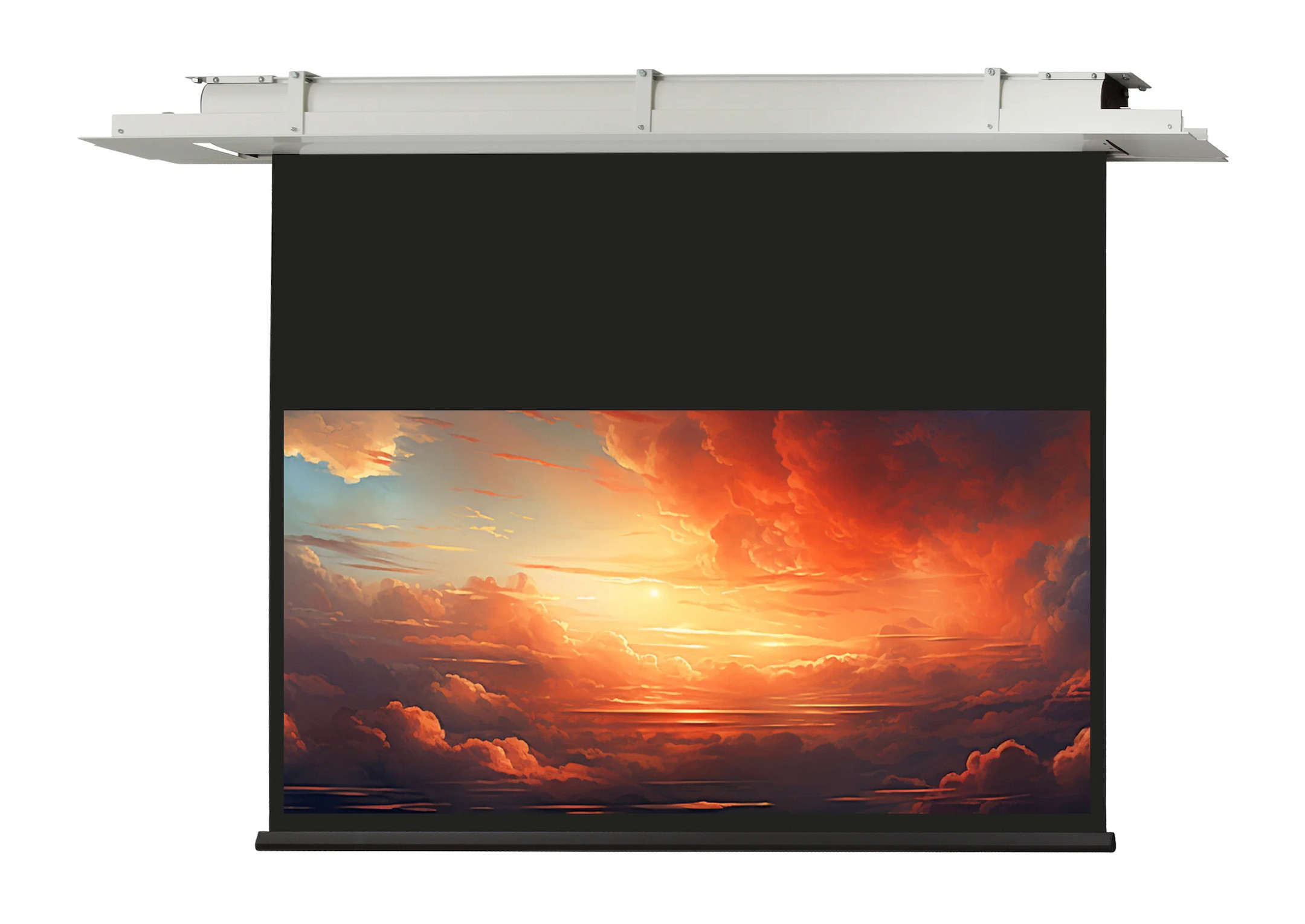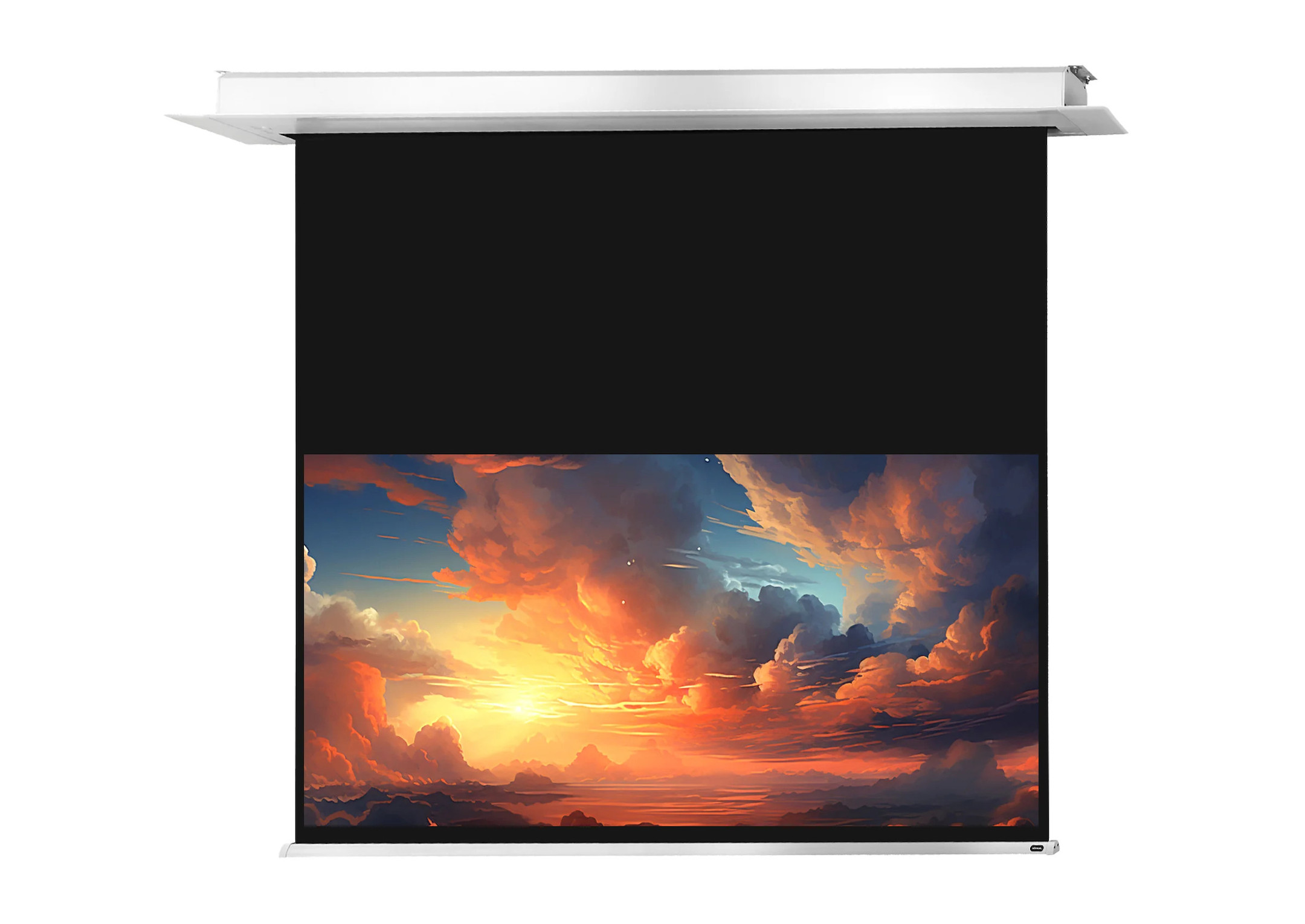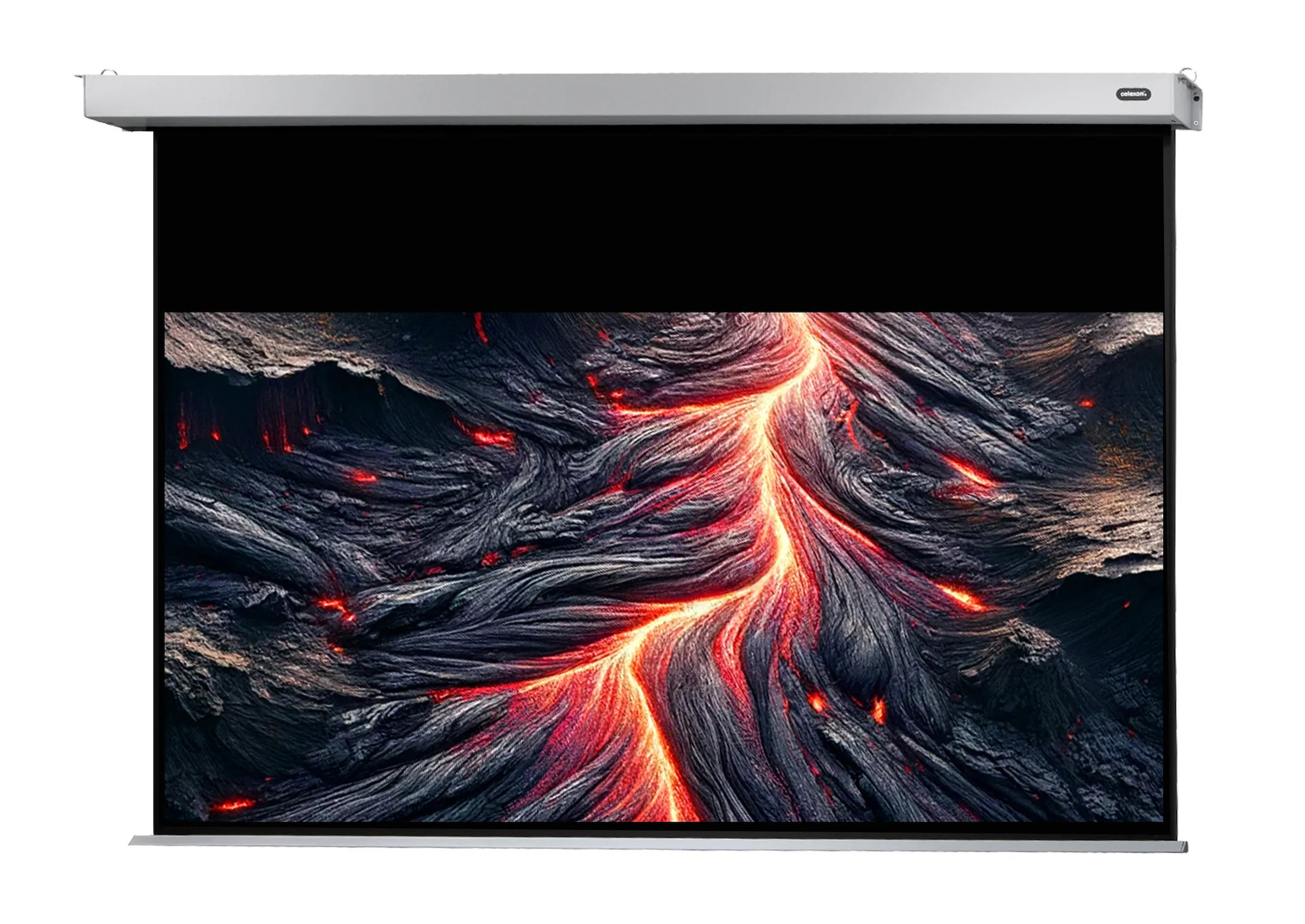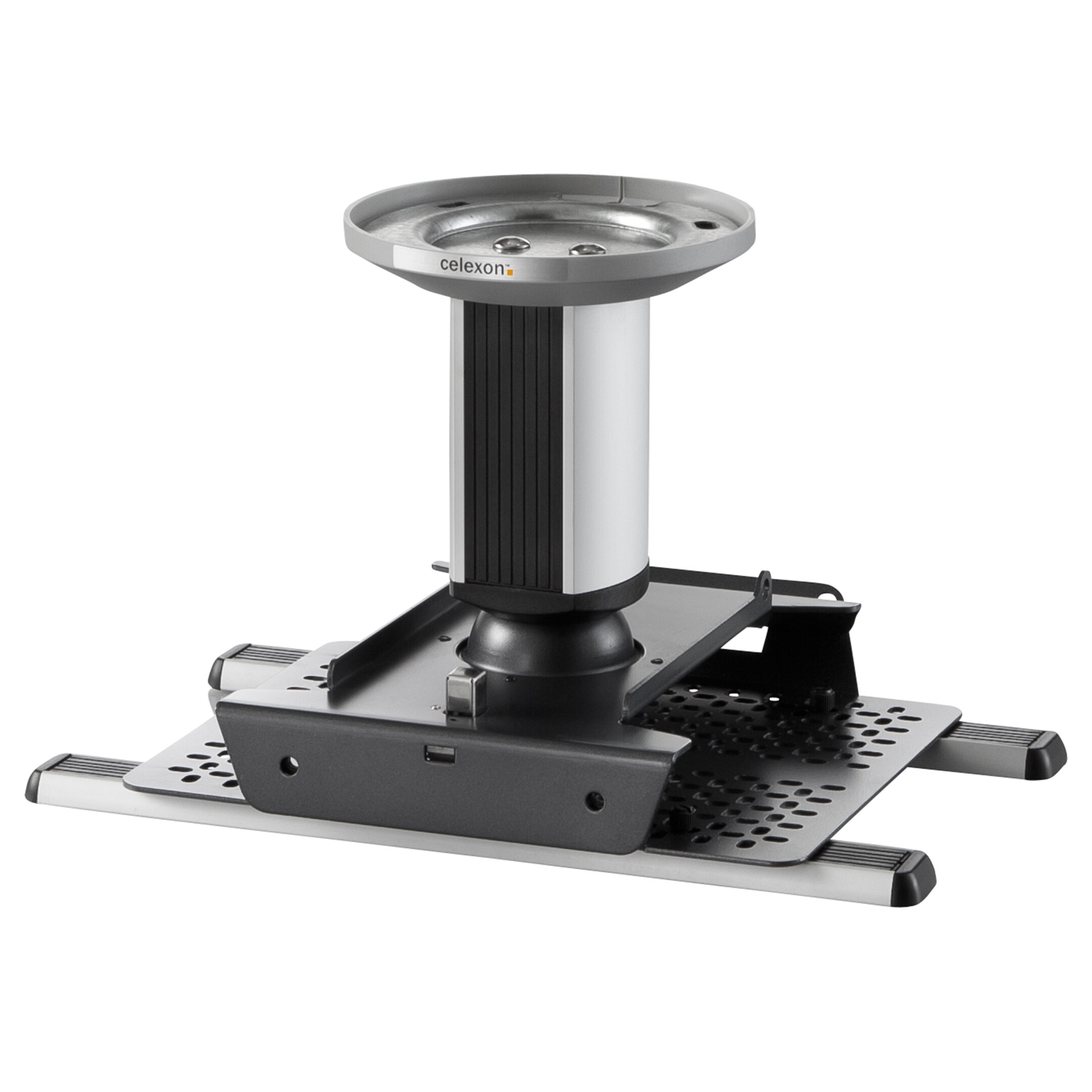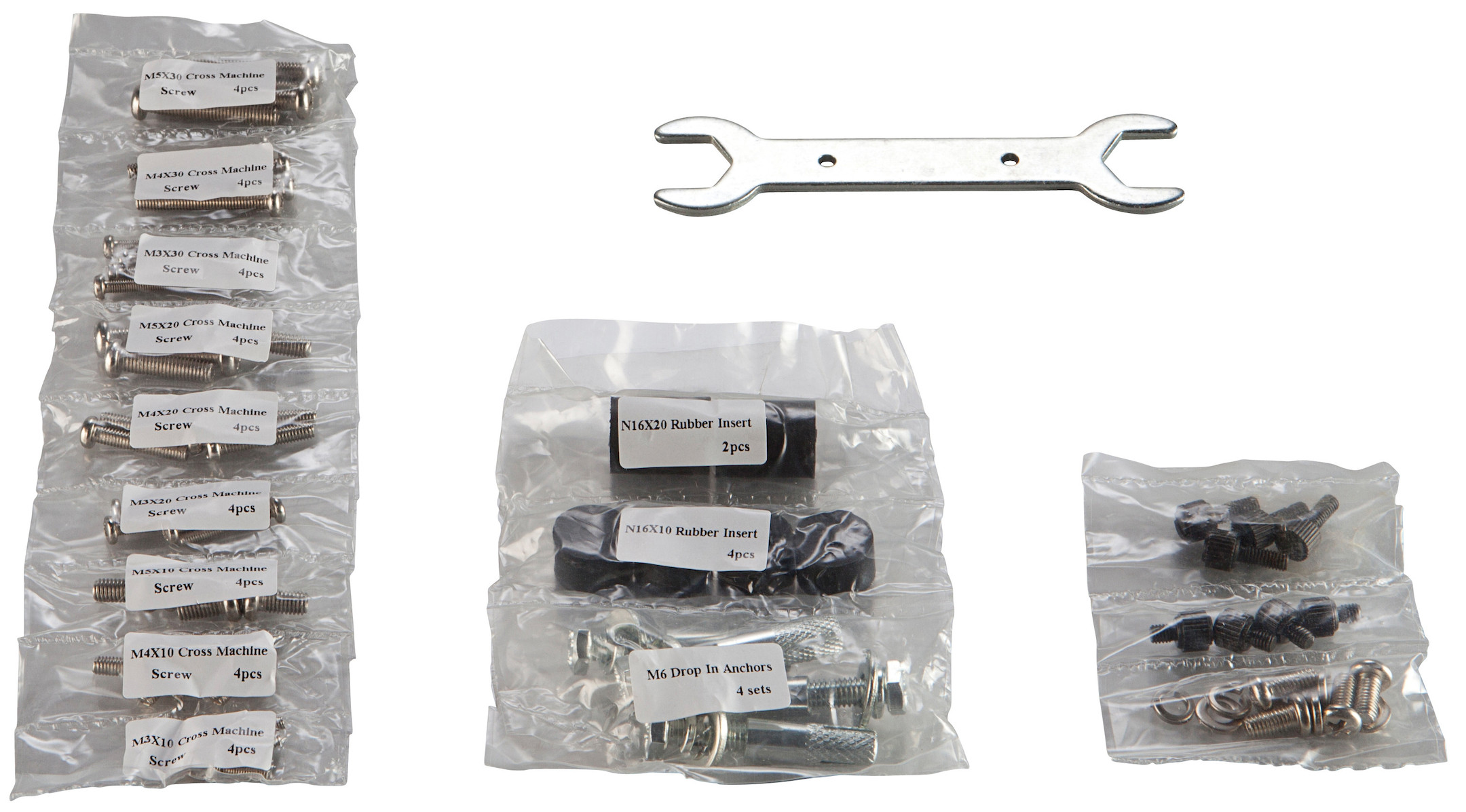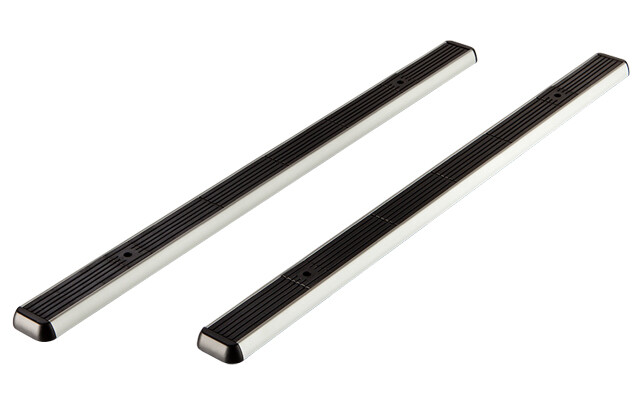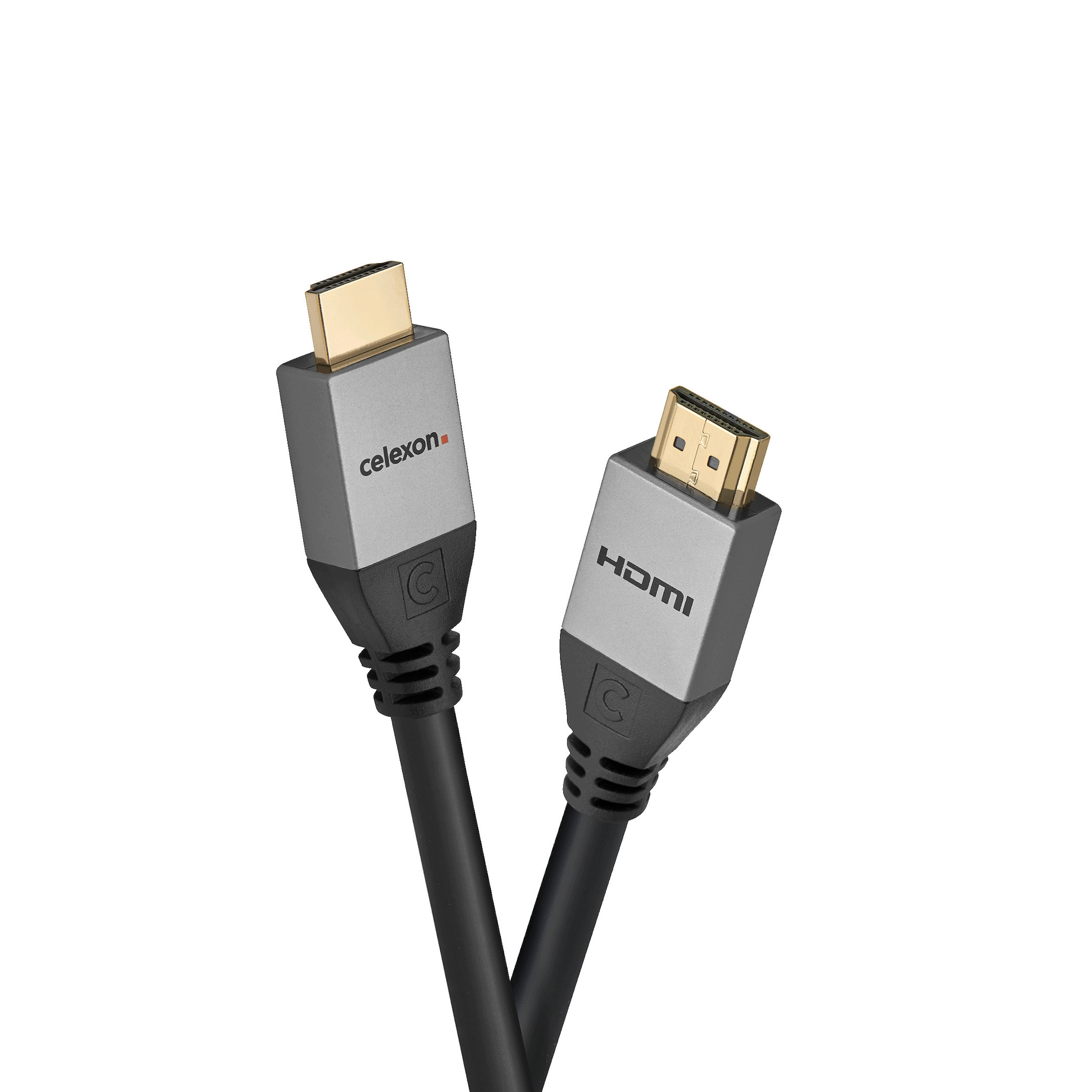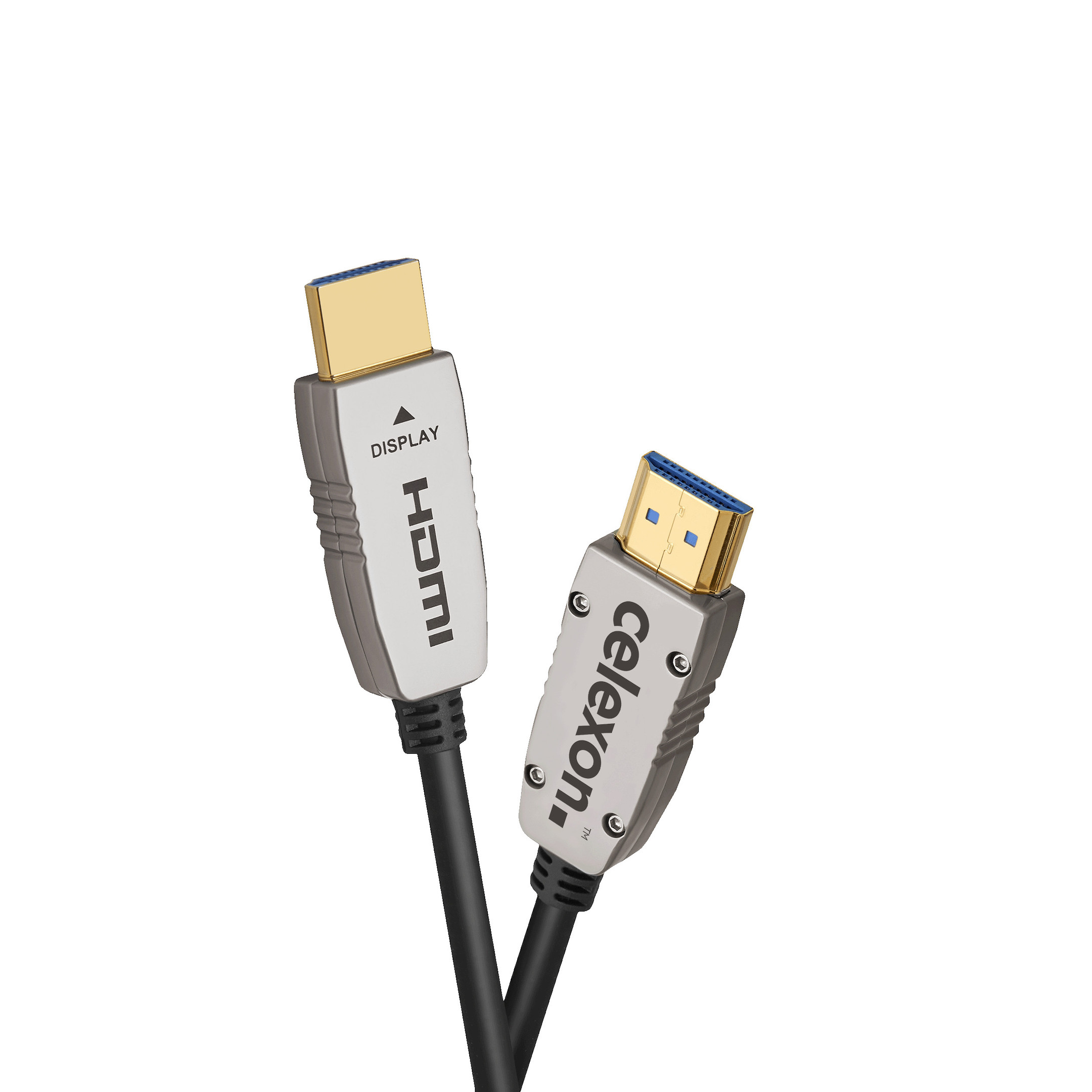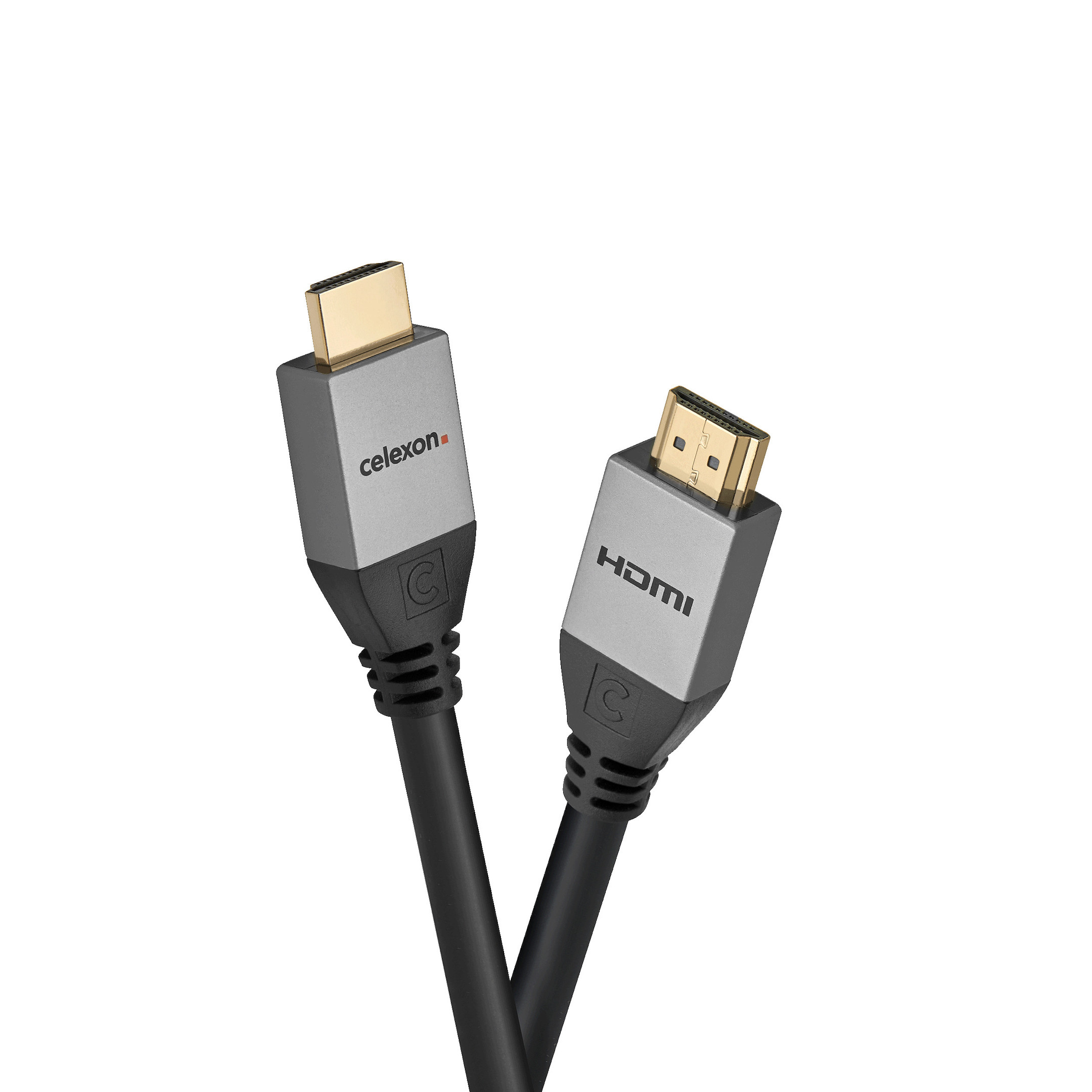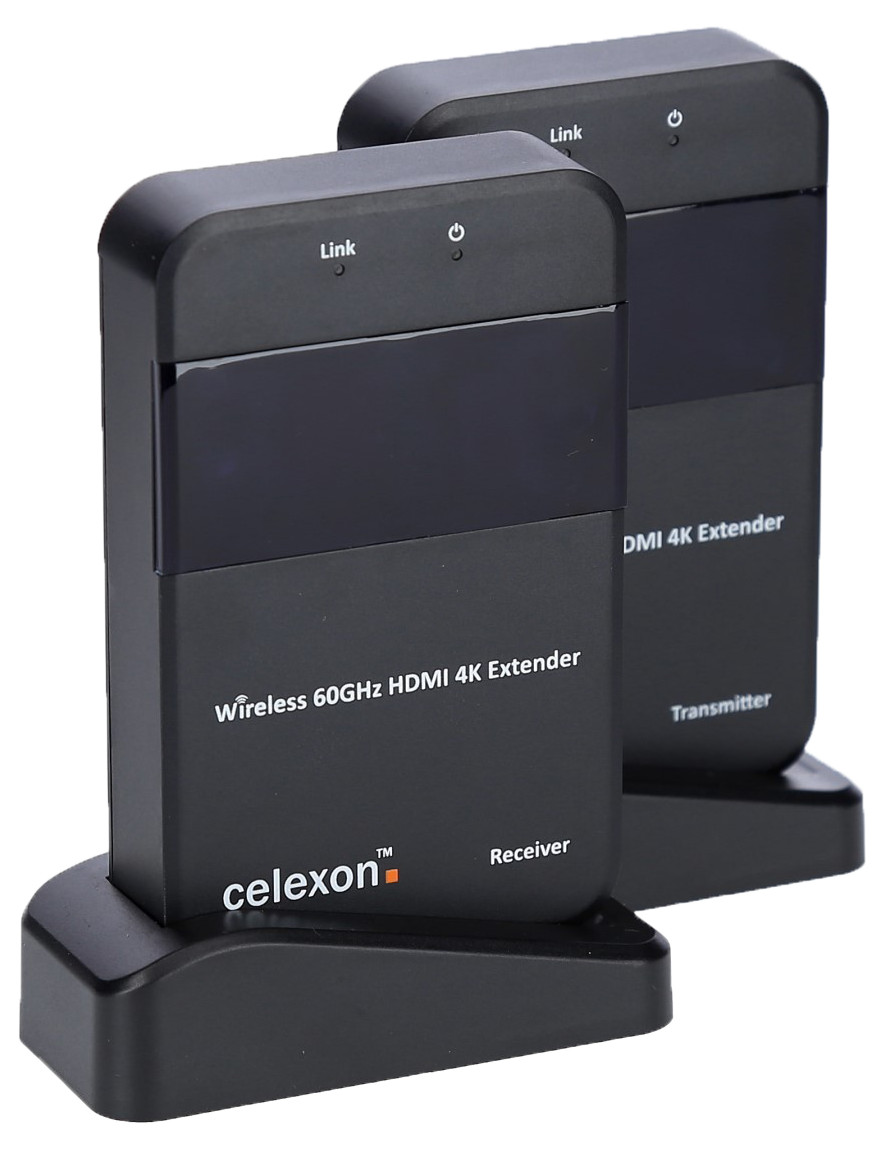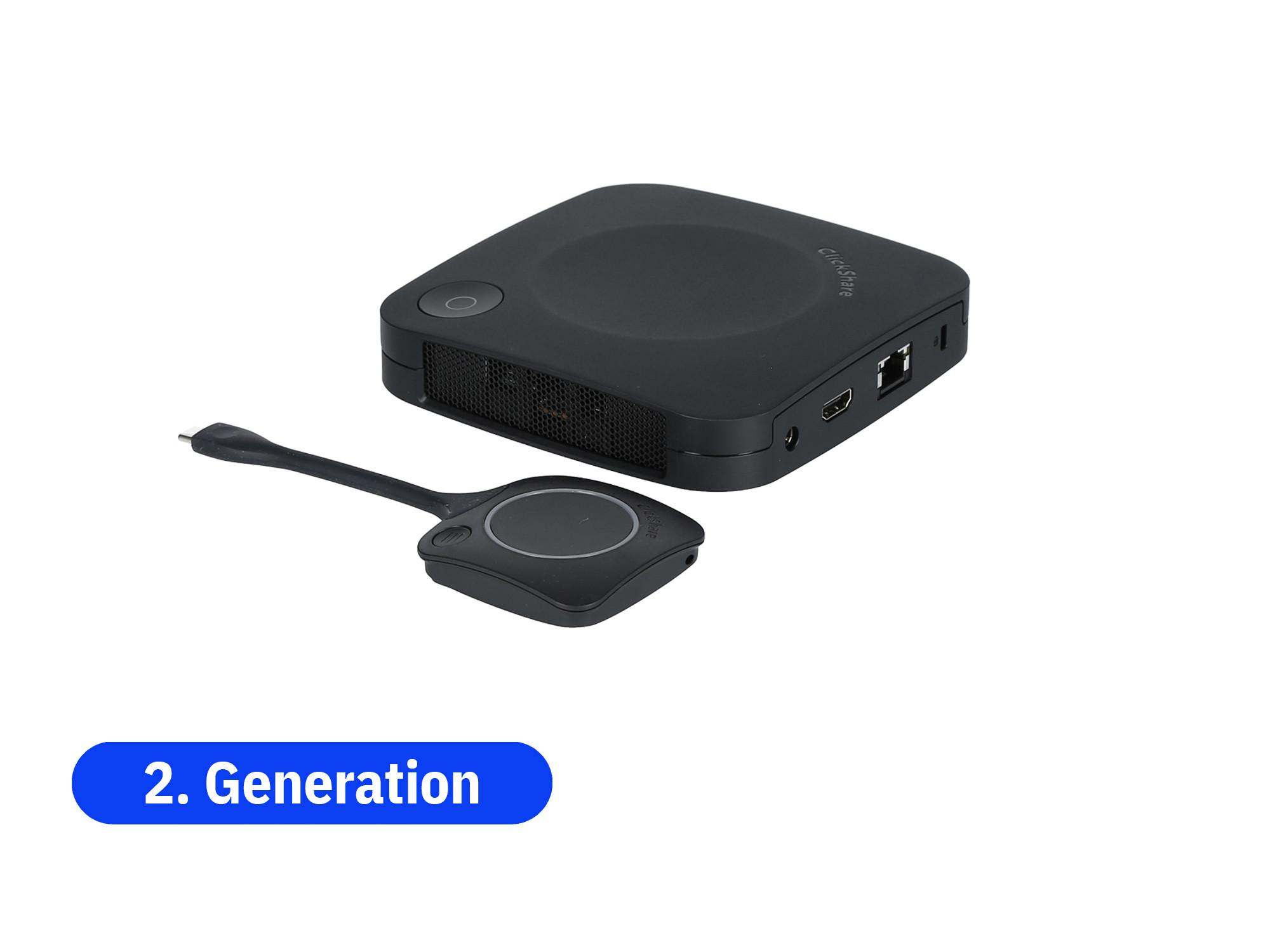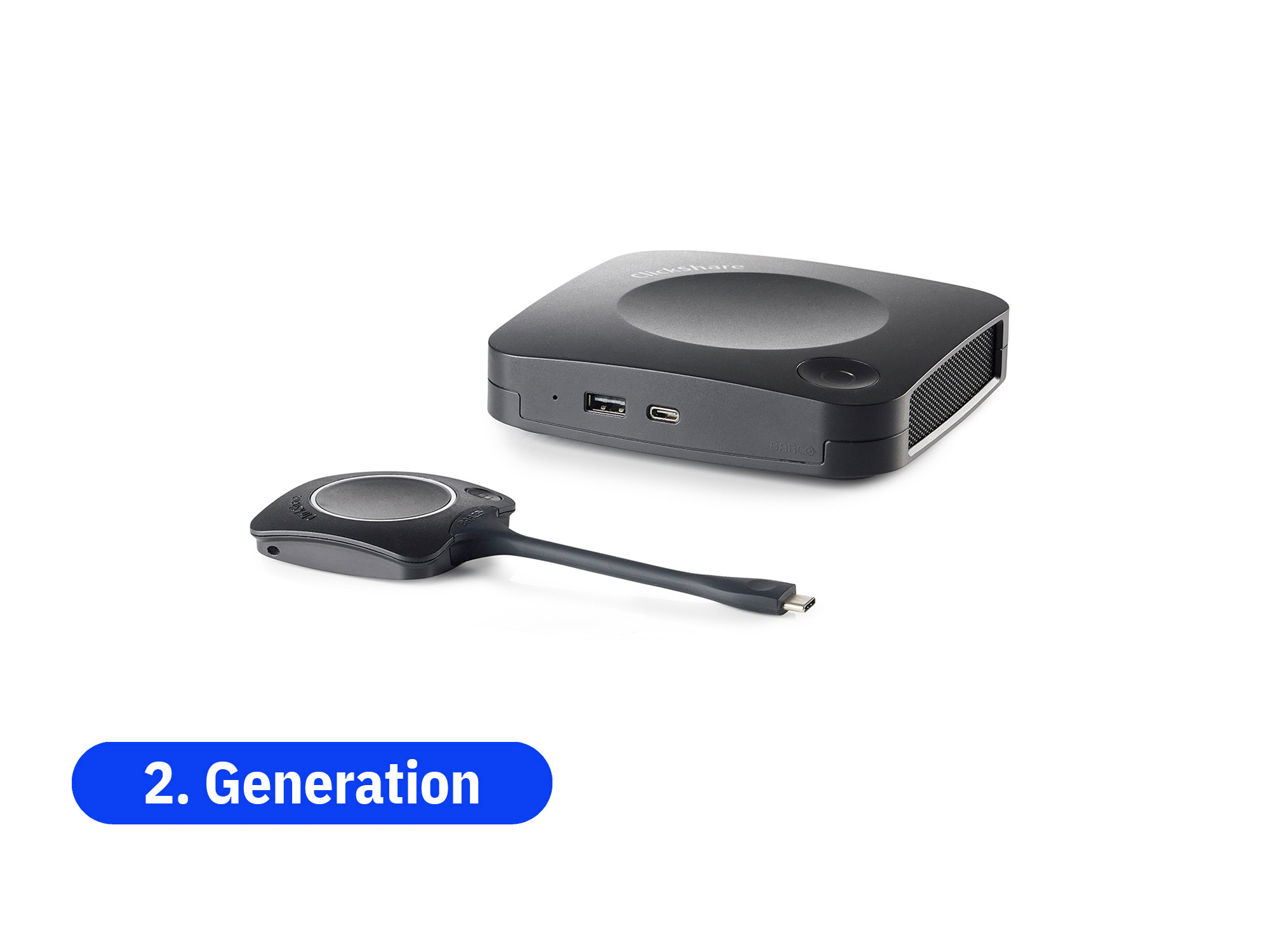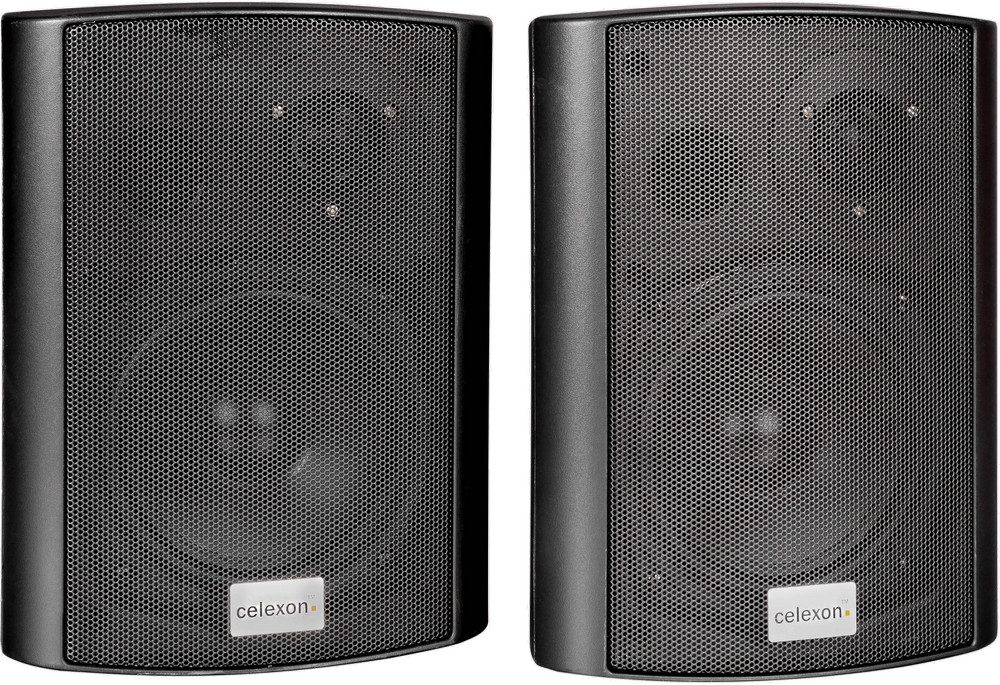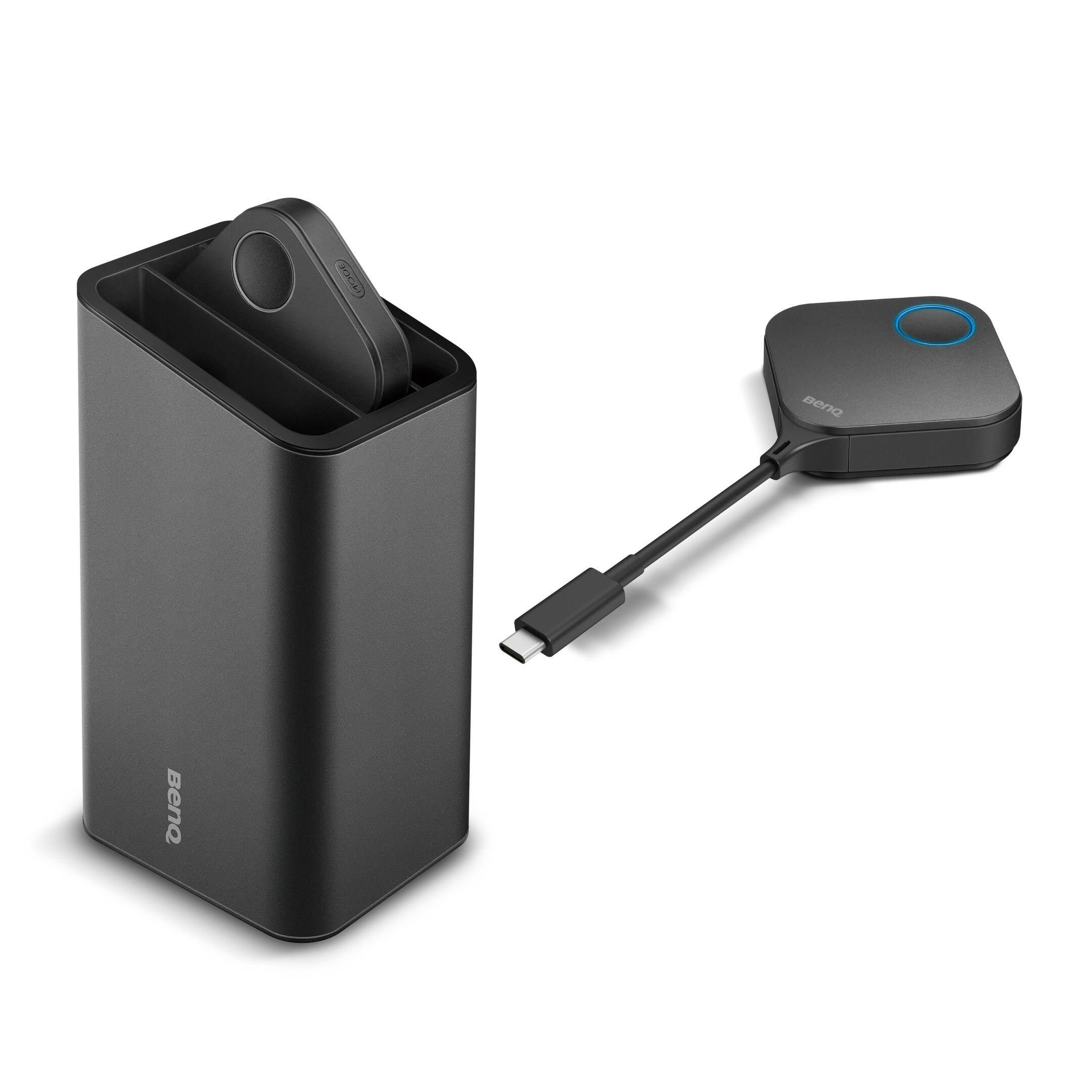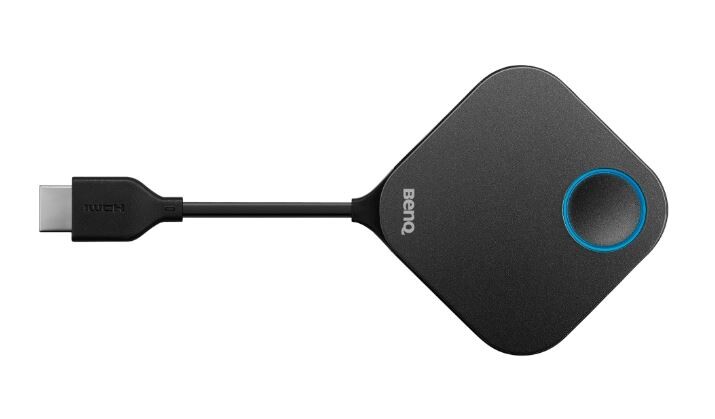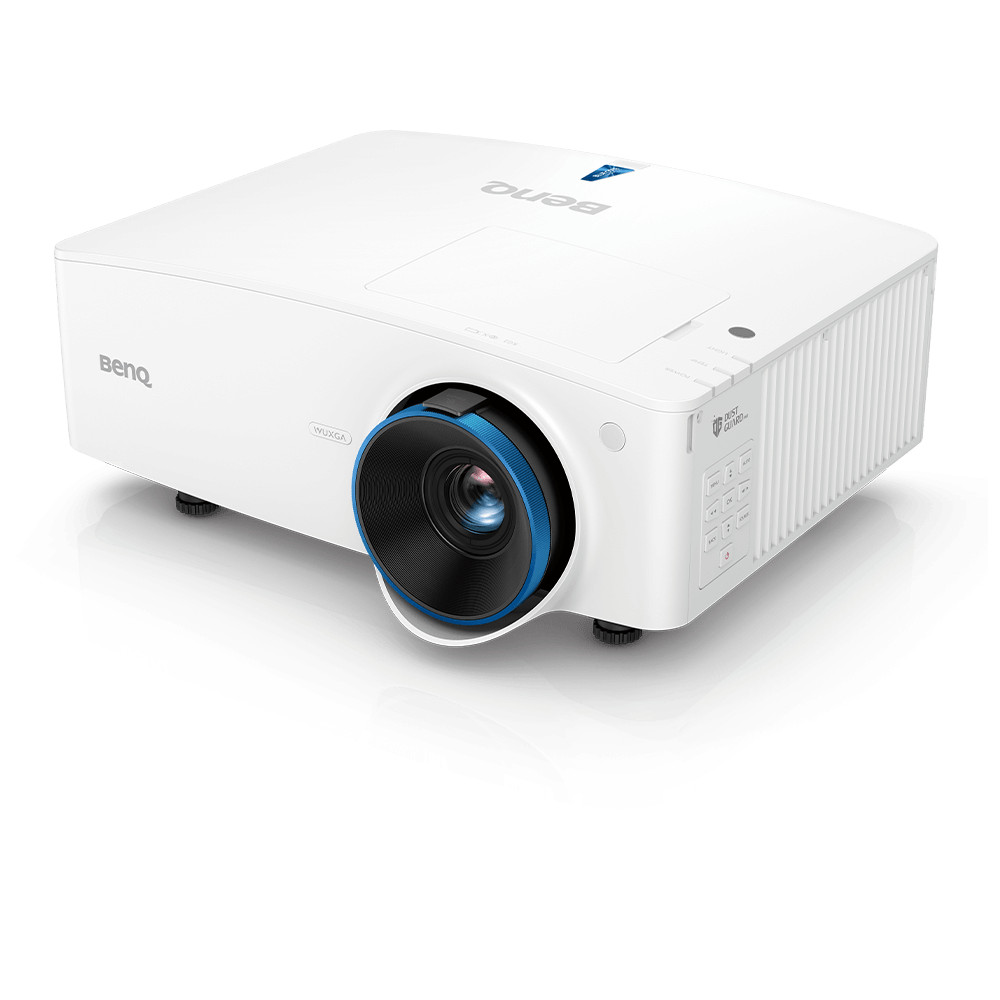































£2,274.26*
- Light Brightness 5,000 Lumen
- Resolution 1920 x 1200 WUXGA
- Aspect Ratio 16:10
- Operating noise 37 dB


Frequently purchased together
Product information
Corporate Laser Projector with 5000lm, WUXGA | LU930
Leveraging the industry-leading BlueCore lasertechnology.BenQ’s LU930 superior conference room projector is capable ofprojecting the best quality images during corporate meetings. LU930 features a92% Rec.709 color coverage, high precision lens and certified IP5X dustproofmechanism to guarantee an ultra-high level of image quality while reducingmaintenance costs. To meet the high demand for efficiency and convenienceduring corporate meetings, LU930 can be paired up with optional wirelessdevices. By equipping it with LAN control capability, LU930 also furtherenhances the convenience in device management for corporate IT managers.
BlueCore laser technology
BenQ is the leading international manufacturer of DLPprojectors. The LU930 represents our entire portfolio of innovative BlueCorelaser projectors for use in companies. With the LU930, the brilliant resolutionof a WUXGA projection as media support for professional presentations is alsoavailable to your company.
Excellent brightness - Precision guided high power lasersource
The zero deviation of the BlueCore laser diodes increasesthe luminous flux within the light channel and improves the luminous efficacy.
Superior performance - secondary colour wheel with yellowinfusion
Dual synchronized BlueCore colour wheels use an additionalyellow segment and stimulate precise RGBY spectra for optimal colourperformance.
Enormous durability - Hermetically sealed DLP chip
The DLP chip is made up of over two million micromirrorsthat reflect pure light from rotating colour wheels and is hermetically sealedto withstand dirt and heat for over 20,000 hours without degradation.
Dual colour wheel system for optimal colour performance
The powerful BlueCore laser projection of the LU930 is onlypossible thanks to a dual colour wheel system. Two independently working colourwheels make maximum use of all colour values of the RGBY projection andimprove their saturation in order to guarantee optimal colour performance overthe long term. With a coverage of 92% for the Rec.709 colour space, acorrespondingly high colour gamut and the purity of the RGBY colour values, theLU930 significantly improves colour saturation and ensures consistent colourperformance and thus a professional presentation look.
Advanced infographic mode
The extended infographic mode masters the projection ofoptically demanding, sharp and easily readable presentations, graphics anddiagrams with flying colours! In particular, it emphasizes texts and smallgraphic details in pin-sharp detail. In combination with the high brightness ofthe LU930 and a coverage of the Rec.709 colour space of 92%, a significantlyricher and more vivid colour performance is achieved than in normalpresentation mode. The additionally available Vivid mode is also designed foroptimal colour performance of videos or animated images, ideal for darkenedmeeting rooms.
High brightness and LumiExpert ™: ambient light detector formaximum visual comfort
The high brightness of the LU930 of 5,000 ANSI lumensenables all participants of meetings and conferences, presentations andlectures to follow in well-lit medium-sized meeting rooms (approx. 20 - 40people). The new LumiExpert ™ technology from BenQ Corporate Projectautomatically determines the ambient lighting conditions in the conference roomand adjusts the brightness of the projector in order to optimize the overallclarity of the projection and thus the viewing comfort of the audience to amaximum. Whether in a relatively dark meeting room or in a bright office,LumiExpert ™ permanently ensures optimal lighting and viewing conditions.
The LU930's laser power unleashes ultra-high contrasts
The BlueCore LU930 laser projector produces unbeatably clearimages with a high contrast rate of 3,000,000: 1. It creates real, deep blacks,lively and rich colour values as well as the finest, razor-sharp details. Thequick switch-on function of the LU930 saves you waiting times duringcommissioning or when you wake up from hibernation and thus offers highlyflexible performance.
Strong performance and lifespan of 20,000 hours
The BlueCore laser projectors from BenQ guaranteefirst-class image quality and performance over a lifespan of 20,000 hours. Thelaser light source resists colour decay for a long time and so the BenQ laserprojectors are ideal for multi-layer projections - you do not have to worryabout deviations or differences in brightness compared to neighbouringprojectors.
Effortless setup for instant wireless presentations fromsmart devices
To meet the growing need for BYOD applications in companies,the QCast Mirror HDMI dongle from BenQ offers the possibility of wirelesslysharing Full HD content in meetings from any mobile device or laptop. The LU930has a hidden slot for the QCast Mirror dongle that fits perfectly and lookslike an integral part of the hardware.
360 ° and portrait format projections on various projectionsurfaces
BlueCore laser technology guarantees reliable projectionsfrom every angle. Dynamic installation options such as 360 ° rotation orportrait images allow projections on ceilings, walls, on the floor or atunusual angles.
1.6x zoom and lens shift for more installation flexibility
The LU930's 1.6x zoom makes it easy for many companies toreplace obsolete projectors with one or more BenQ BlueCore laser projectors.The focus is on economy and user comfort, so that in future you can easilycontinue to use the existing ceiling brackets to project large-format images ina confined space. The 1.6x zoom enables the LU930 to be mounted anywhere between3.5 and 5.6 meters from the screen and to project images of 120 ". Thiscorresponds to an optimal image size for conference rooms in many companies ,so that expensive renovation or installation failures are eliminated.
Horizontal and vertical lens shift
The LU930's horizontal and vertical lens shift makes it easyto adjust the image of the projector regardless of its position. Adverseinstallation or placement conditions are a thing of the past.
Technical data
| Name | BenQ LU930 Projector, 1920 x 1200 WUXGA, 5000 Lumen |
|---|---|
| Article number | 1000010124 |
| GTIN/EAN | 4718755080647 |
| Manufacturer SKU | BenQ LU930 |
| Lamp life (ECO) | 20,000 Hour |
| Lens included | Yes |
| Model name | LU930 |
| Projection Distance | Long Throw |
| Brand | BenQ |
| Product Type | Projector |
| Product Series | BenQ L Series |
| Application | Business projector , Education projectors |
| Projector Type | DLP |
| Projector lamp type | Laser |
| ANSI Lumen | 5,000 ANSI Lumen |
| Resolution | 1920 x 1200 WUXGA |
| Aspect Ratio | 16:10 |
| Contrast Ratio | 3,000,000 :1 |
| Operating noise | 37 dB |
| Operating noise - ECO | 30 dB |
| Lamp life | 20,000 Hour |
| Minimum Projection Distance | 200 cm |
| Maximum Projection Distance | 500 cm |
| Minimum Projection Ratio | 1.36 |
| Maximum Projection Ratio | 2.18 |
| Minimum Lens-Shift Horizontal | -23% |
| Maximum Lens-Shift Horizontal | 23% |
| Minimum Lens-Shift Vertical | -60% |
| Maximum Lens-Shift Vertical | 60% |
| Lens Zoom | 1.6 |
| Horizontal Keystone | 30% |
| Vertical Keystone | 30% |
| Inputs | 1x 3,5mm Jack , 1x Ethernet , 1x RS232 , 1x USB-A , 2x HDMI |
| Outputs | 1x 3,5mm Jack |
| wireless technology | WLAN optional |
| Features | 360° projection , Lens Shift , Lens motorised |
| Product width | 41.6 cm |
| Product height | 16.6 cm |
| Product depth | 35.1 cm |
| Weight | 6.3 kg |
| Colour | White |
| Delivery contents | Batteries , HDMI Cable , Power cable , Quick user guide , Remote control , warranty card |
| Condition | New |
| Warranty | 24 Month |
| Warranty type | Bringin service Service and support information |
Projection distance calculator
Contact our experts for help!
Image size:
Format
Format
Product safety
| Person responsible for the EU |
|---|
| BenQ Deutschland GmbH |
| Essener Str. 5 |
| 46047 Oberhausen |
| Germany |
| support@benq.eu |




